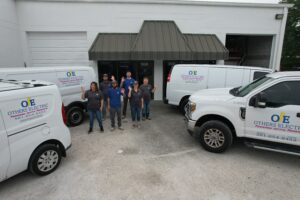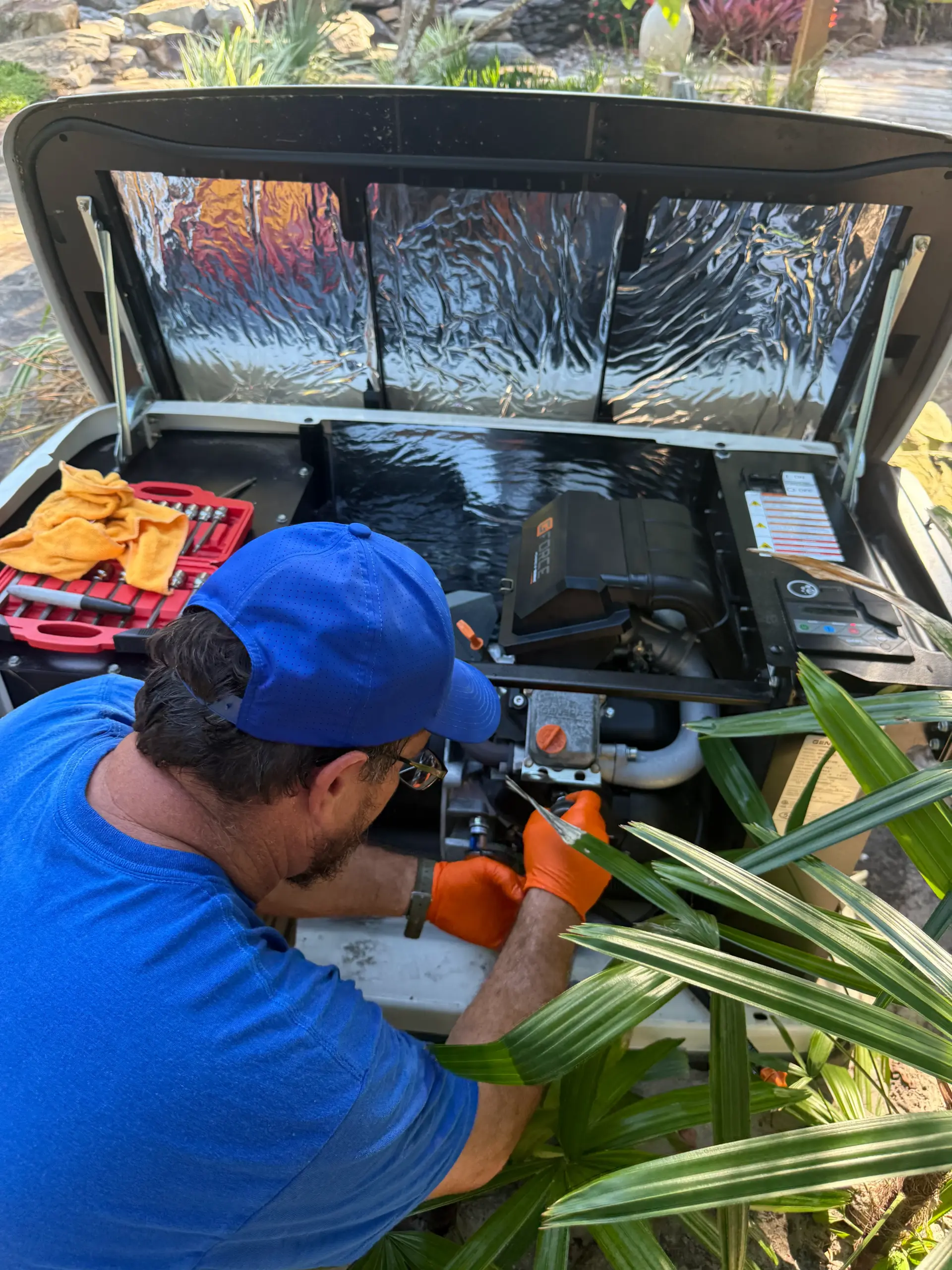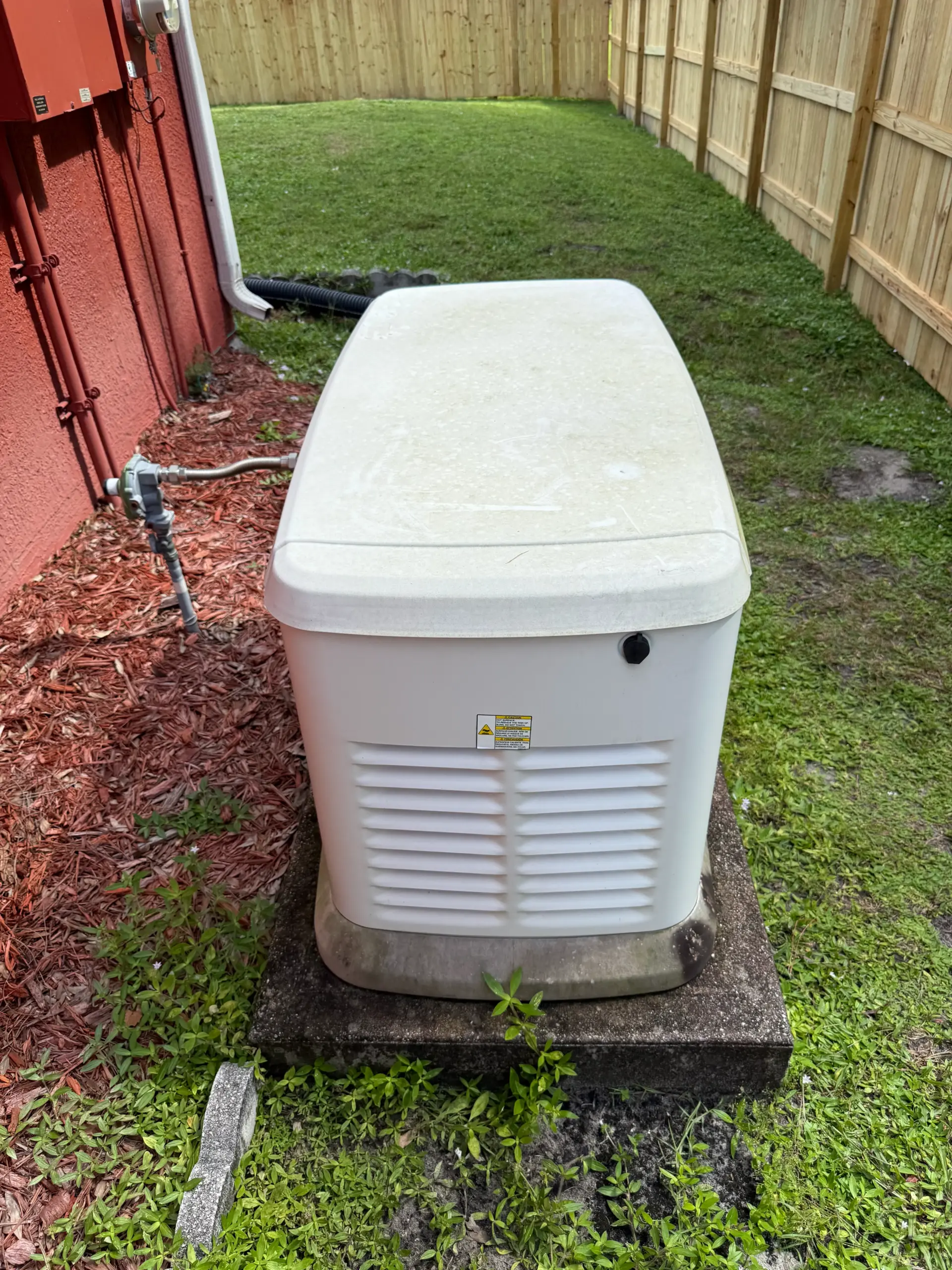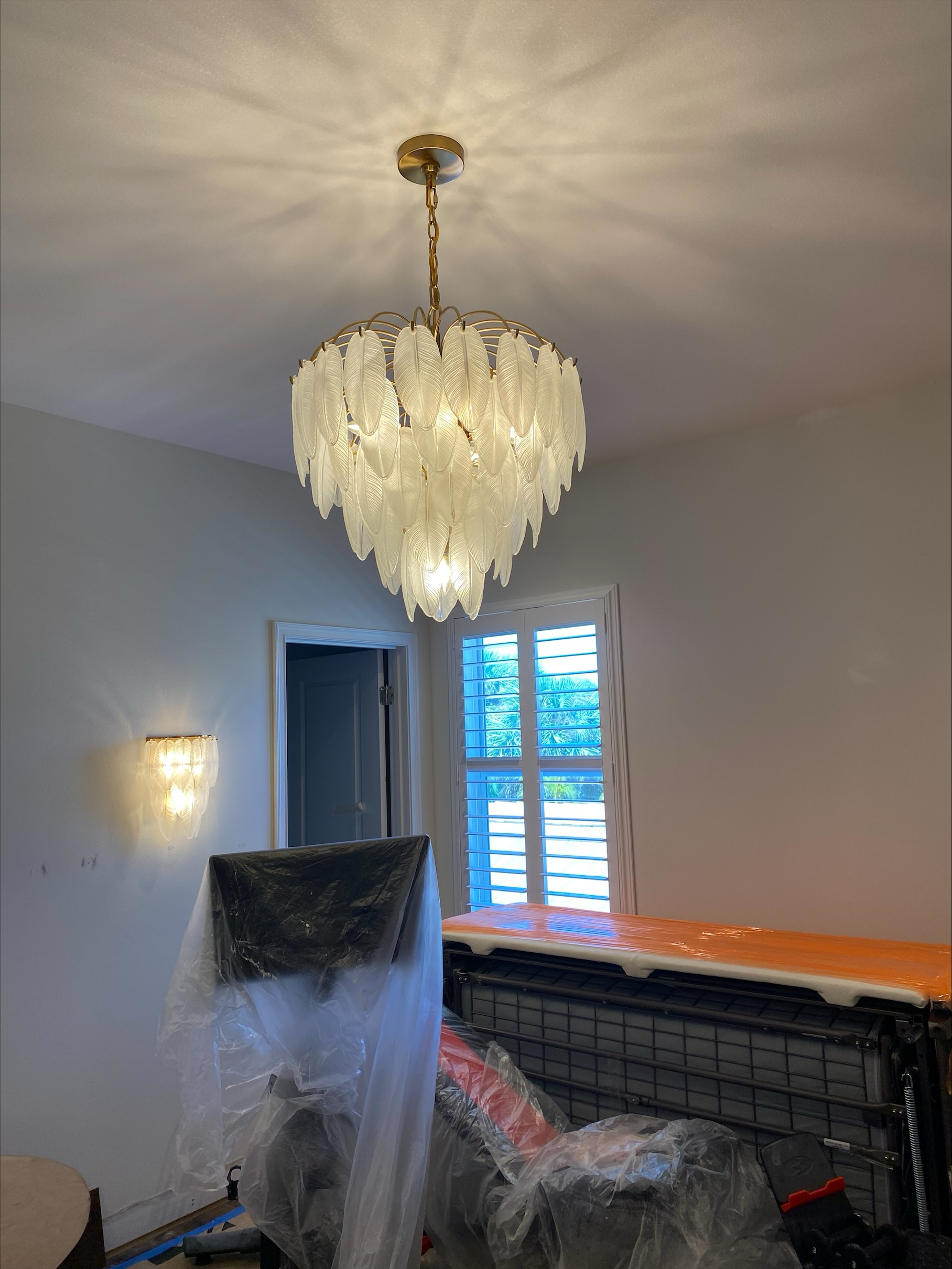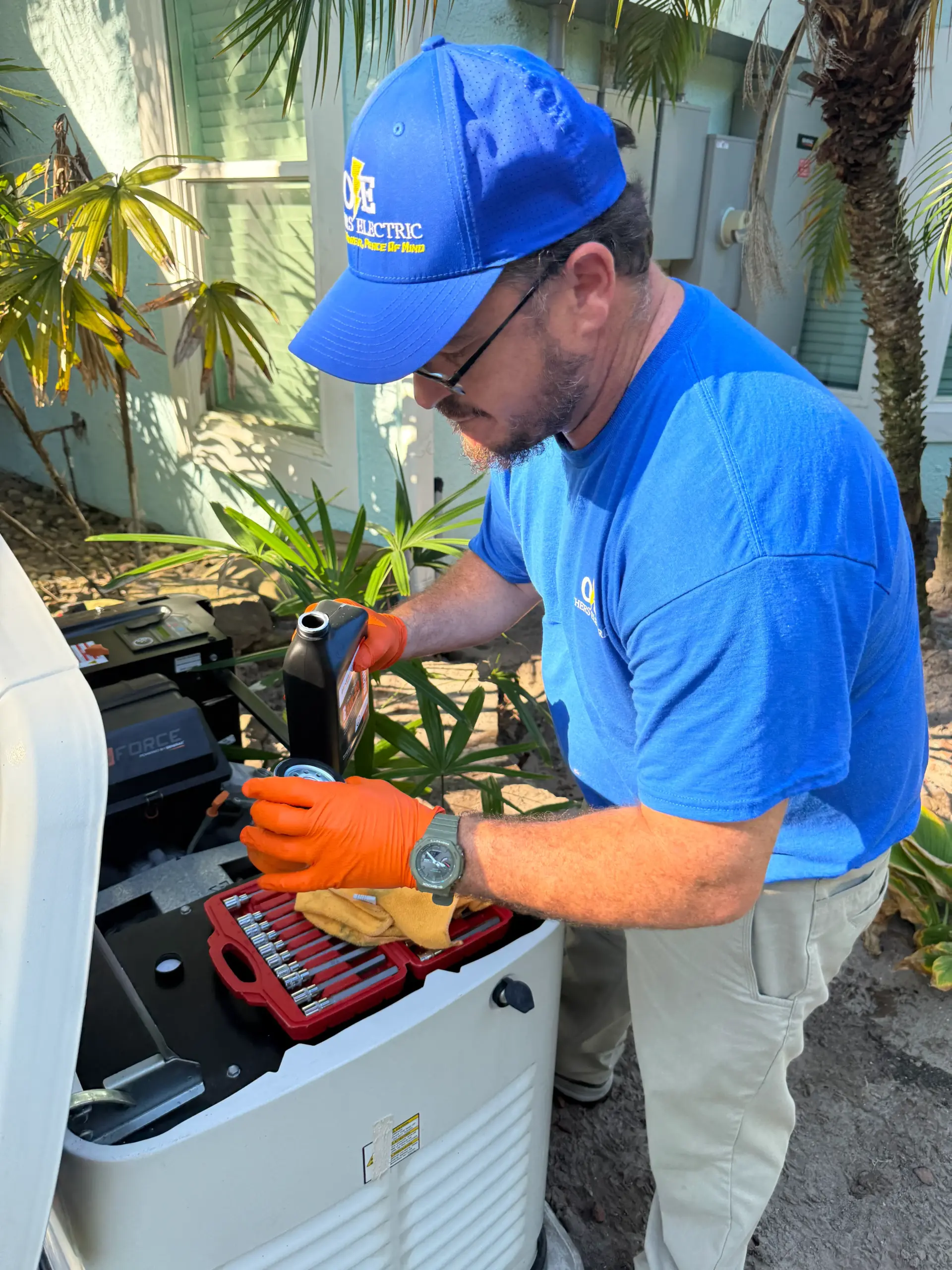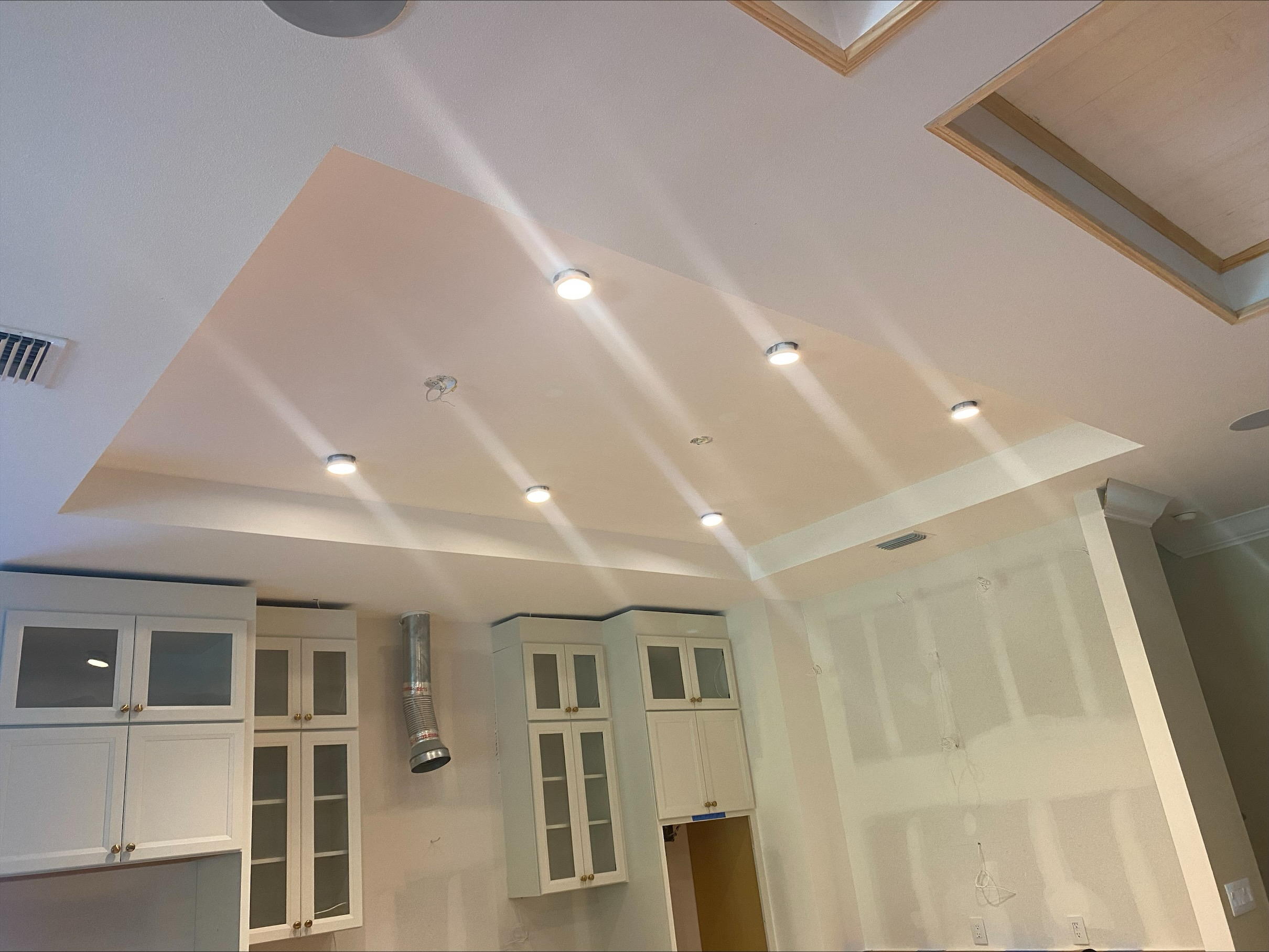What is a Surge Protection
In today’s connected world, the demand for reliable electricity is greater than ever. Homes and businesses across Florida’s East Coast rely on electronics, HVAC systems, computers, appliances, and lighting every day. But power doesn’t always flow consistently. Voltage spikes caused by storms, faulty wiring, or grid irregularities can cause sudden damage. This is where surge protection becomes essential. So, exactly what is a surge protection, and why should you care?
This article explores the function and importance of surge protection in residential and commercial settings. From how it works to its benefits and relevance in storm-prone areas like Florida, understanding surge protection is key to protecting your home, your business, and your investment.
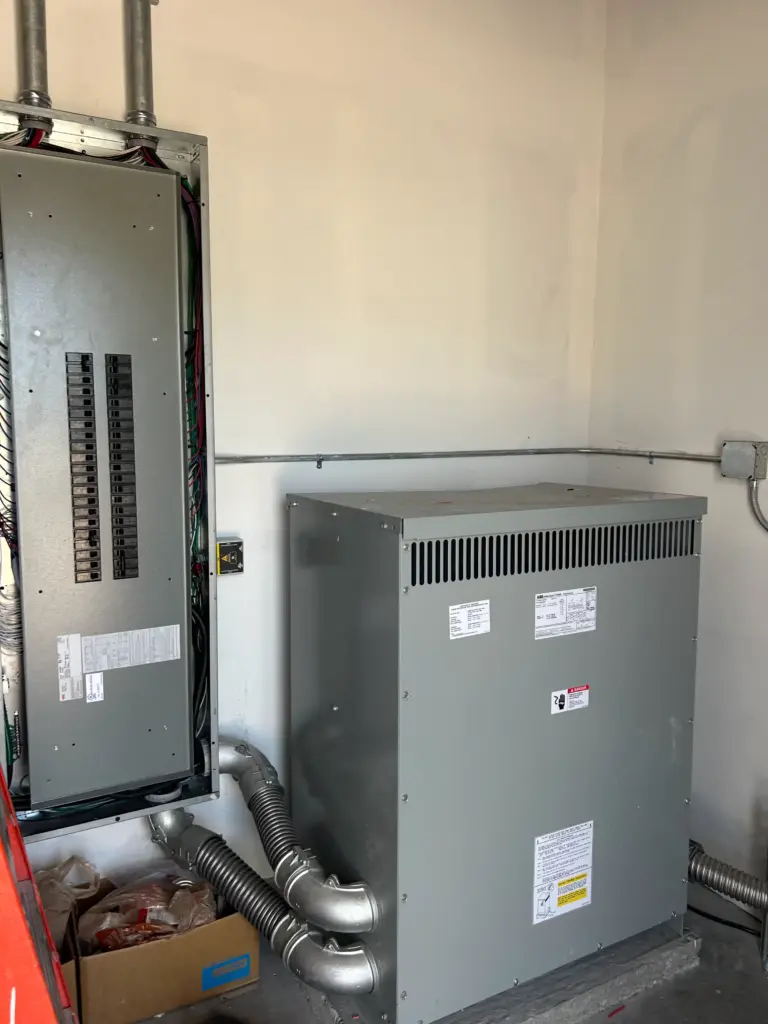
Understanding Power Surges
Before diving into what is a surge protection, it helps to understand what a power surge actually is. A power surge, or transient voltage spike, is a brief and sudden increase in voltage that significantly exceeds the standard flow of electricity in your wiring. While U.S. households typically run on 120 volts, a surge might briefly spike that to several hundred or even thousands of volts.
These surges can be caused by multiple factors, including lightning strikes, downed power lines, transformer malfunctions, utility grid switching, or even internal sources like cycling air conditioners and large appliances. In Florida, where thunderstorms are frequent, lightning-related surges are a particularly relevant threat.
Even if they last for just a fraction of a second, power surges can have serious consequences: corrupted data, fried motherboards, damaged televisions, or destroyed HVAC controls. Hence, the growing need to understand what is a surge protection and how it can prevent these costly failures.
What Does Surge Protection Actually Do?
Now let’s answer the core question: what is a surge protection? Surge protection refers to any device or system designed to shield electrical equipment from spikes in voltage. The most familiar form is the plug-in surge protector power strip, commonly used to protect electronics. However, true surge protection goes far beyond that.
At its core, surge protection works by redirecting excess voltage safely into the ground. It uses components like metal oxide varistors (MOVs) or gas discharge tubes that act like pressure relief valves. When voltage rises above a safe threshold, the surge protector channels the excess energy away from connected devices and toward a grounding path.
Whether it’s a whole-house system wired into your electrical panel or a specialized unit protecting a particular machine, the principle remains the same: control the excess, and preserve the equipment.
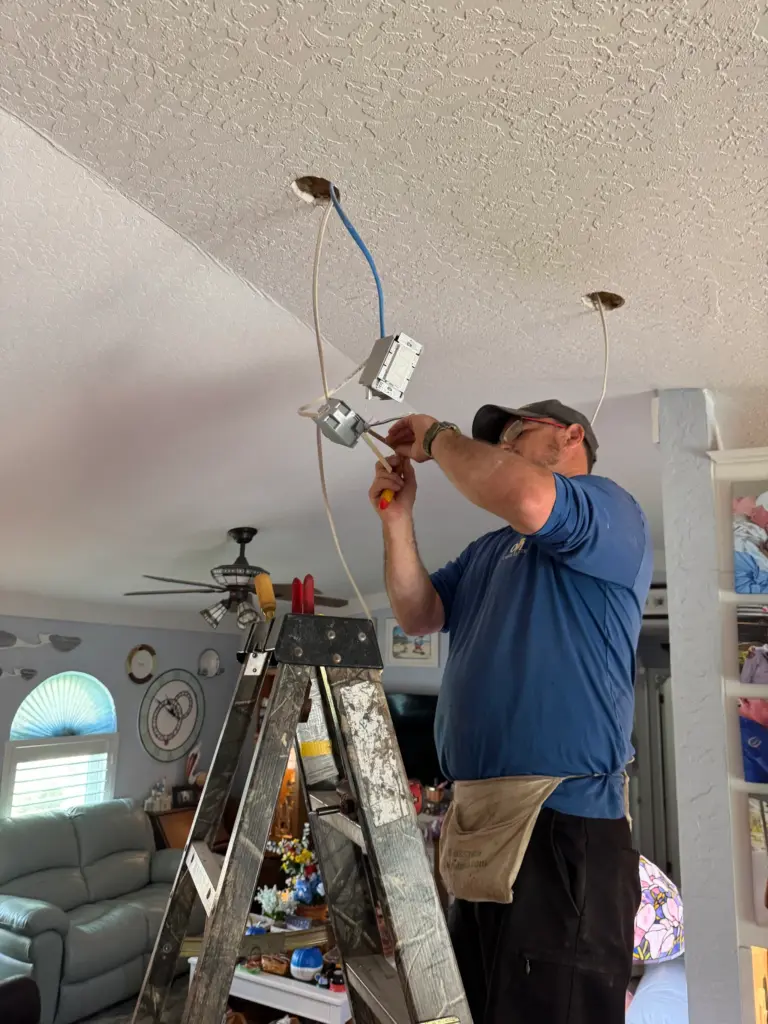
Whole-Home vs. Point-of-Use Protection
There are two main categories to consider when asking what is a surge protection system: whole-home protection and point-of-use devices. Both are effective, but they serve different roles.
Whole-home surge protection is installed directly at the electrical panel by a licensed electrician. It serves as the first line of defense against surges coming from outside the property. It safeguards all the circuits in your home, including major systems like HVAC units, refrigerators, and lighting. In regions like coastal Florida, where external surge threats like lightning and grid faults are common, whole-home protection is especially valuable.
Point-of-use surge protectors, on the other hand, are the strips or devices you plug into wall outlets to protect specific equipment—like your computer, television, or modem. These are a great supplement to a whole-home system, especially for sensitive or expensive electronics.
By combining both types, you create a layered defense that offers the best coverage against a wide range of surge threats.
Surge Protection and Florida’s Unique Risks
If you live along Florida’s East Coast, asking what is a surge protection isn’t hypothetical—it’s essential. Florida consistently ranks among the top states for lightning strikes per year. These electrical discharges are a major source of voltage surges and can instantly destroy unprotected electronics or start fires.
But it’s not just weather. The local grid also experiences stress from population growth, tourism, and aging infrastructure. As power demand fluctuates, the risk of irregular supply and surges increases. Even something as simple as a nearby utility worker switching lines can introduce damaging spikes.
Given these conditions, Florida homeowners and business owners should consider surge protection not as an option, but as a necessity. For reliable assessment and installation, working with licensed professionals like Others Electric ensures that your protection strategy fits your property and power needs.
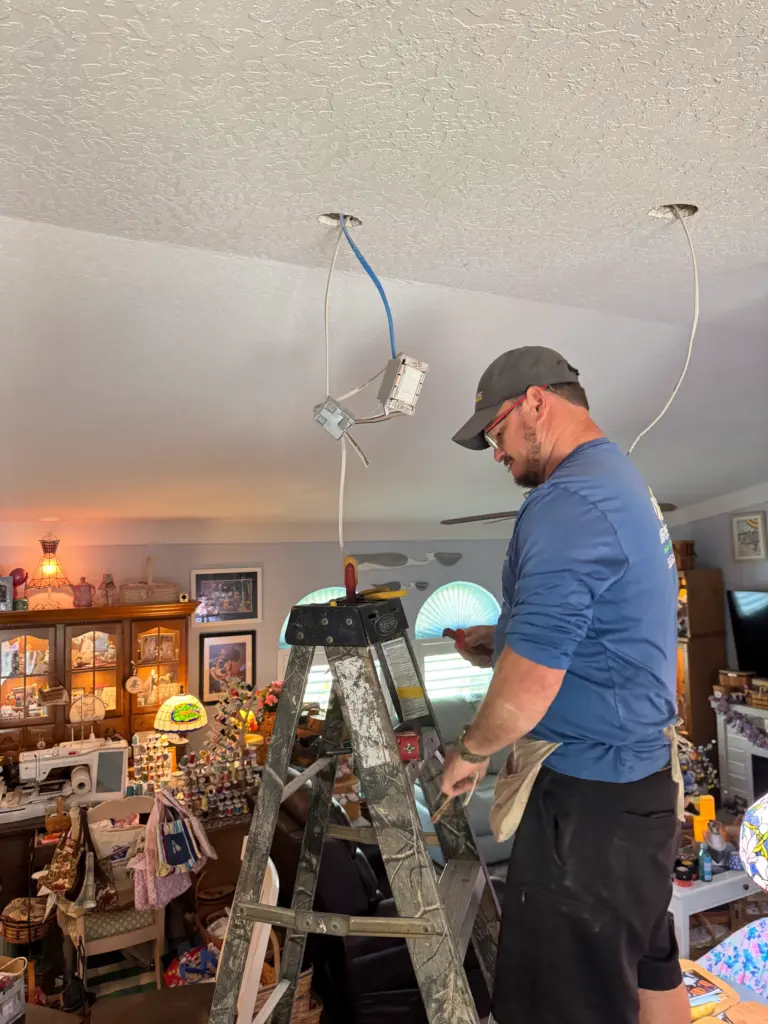
Choosing the Right Surge Protection Setup
When evaluating what is a surge protection system that’s right for your home or business, several factors should be considered. These include the size of your electrical panel, the types of equipment you’re protecting, and the history of surges in your area.
Some whole-home systems come with ratings in joules, which measure how much energy they can absorb over time. A higher joule rating generally means better protection and a longer lifespan. Look for UL-listed surge protectors and confirm they meet the ANSI/IEEE standards for surge suppression.
You may also want to explore systems with diagnostic indicators or audible alarms that alert you when the protection feature has expired. As with any system, maintenance and monitoring are essential for long-term effectiveness.
The Role of Electricians in Installation and Maintenance
Installing a whole-home surge protector isn’t a DIY job—it requires a licensed professional familiar with electrical codes, panel ratings, and safe grounding techniques. A qualified commercial or residential electrician will ensure that your device is installed properly, grounded correctly, and meets local requirements.
Companies like Others Electric specialize in surge protection systems for both homes and businesses. Whether you need a panel-mounted protector for a coastal property or a layered approach with point-of-use devices, these professionals guide you from evaluation through final testing.
Surge protection systems should also be inspected periodically, especially after major storms or surges. Over time, the absorbing capacity of MOVs degrades, meaning they may appear operational but no longer provide adequate protection. This reinforces the value of working with a contractor who includes inspection and replacement as part of regular service.
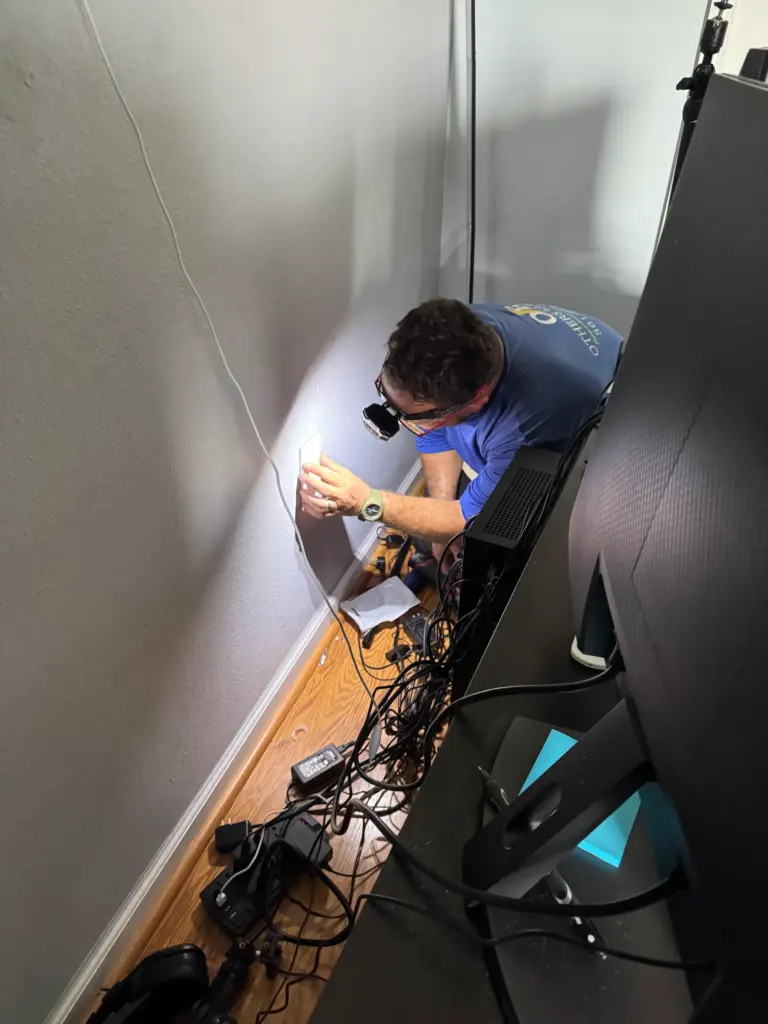
Surge Protection and Insurance Considerations
Many homeowner and business insurance policies do not cover damage caused by electrical surges unless you have specific endorsements. This makes the question what is a surge protection even more relevant.
Insurance companies often recommend or require surge protection for properties in high-risk areas. Installing a certified surge protection system may also reduce your premium or qualify you for special coverage options. More importantly, it prevents losses that insurance might not cover—such as data loss, business downtime, or spoiled refrigerated goods.
Consult your insurer to learn whether surge protection impacts your policy. In some cases, documentation from a licensed electrician verifying system installation may be needed to qualify for additional coverage.
Conclusion
So, what is a surge protection? It’s your property’s best defense against unpredictable electrical spikes—caused by nature, the grid, or your own appliances. A well-installed surge protection system guards your most valuable equipment, reduces downtime, and provides peace of mind in a state known for lightning and storms.
Whether you’re a homeowner looking to protect electronics or a business aiming to safeguard critical infrastructure, professional surge protection is an investment that pays off. For expert evaluation, code-compliant installation, and ongoing maintenance, Others Electric is here to help Florida residents stay connected and protected.

